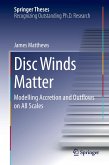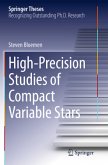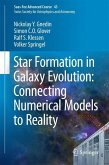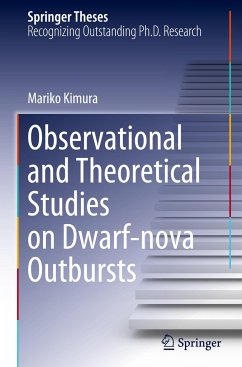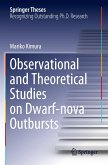This thesis describes the application of a Monte Carlo radiative transfer code to accretion disc winds in two types of systems spanning 9 orders of magnitude in mass and size. In both cases, the results provide important new insights. On small scales, the presence of disc winds in accreting white dwarf binary systems has long been inferred from the presence of ultraviolet absorption lines. Here, the thesis shows that the same winds can also produce optical emission lines and a recombination continuum. On large scales, the thesis constructs a simple model of disc winds in quasars that is capable of explaining both the observed absorption and emission signatures - a crucial advance that supports a disc-wind based unification scenario for quasars. Lastly, the thesis also includes a theoretical investigation into the equivalent width distribution of the emission lines in quasars, which reveals a major challenge to all unification scenarios.


